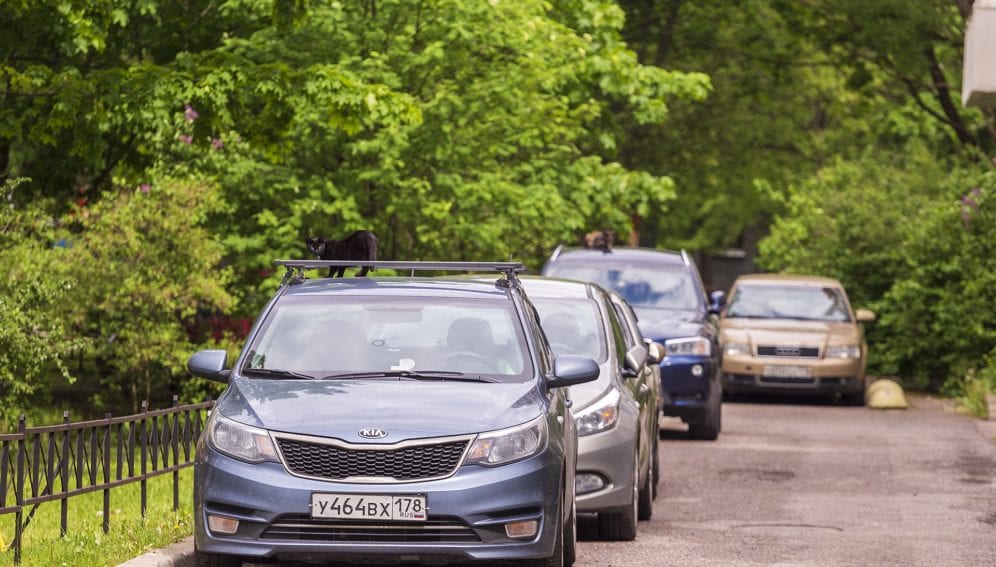Send to a friend
The details you provide on this page will not be used to send unsolicited email, and will not be sold to a 3rd party. See privacy policy.
[NAIROBI] Used light-duty vehicles imported from wealthy countries are adding to Africa’s air pollution woes, a global overview of the small vehicle export market has found.
Of the ‘light-duty’ used vehicles exported globally between 2015 and 2018, the majority went to Africa.
Light-duty vehicles in general weigh less than 3.5 tonnes and include saloon cars, sport utility vehicles and minibuses.
The report, published by the UN Environment Programme (UNEP) last month, says that of the 14 million used vehicles exported worldwide from Europe, the United States and Japan, low- and middle-income countries received 70 per cent, with Africa taking 40 per cent.
“Forty-six per cent of African countries do not have any vehicle emission standards.”
Jane Akumu, UNEP
Most of these vehicles, the report adds, are worsening air quality in Africa and hampering efforts to mitigate the effects of climate change. Vehicular emissions are a significant source of fine, inhalable particles with diameters of 2.5 micrometres or less — known as PM2.5. Long-term exposure to such particles is associated with lung- and heart-related diseases, according to the World Health Organization.
“Africa largely depends on used light-duty vehicles for transportation and the number is increasing,” says Rob de Jong, head, sustainable mobility unit at UNEP. “[Over] 80 per cent are not meeting the minimum required standards set in exporting countries such as installing filters that reduce pollution.”
Researchers analysed vehicle sale data in 146 countries from sources such as the International Auto Trade Association and the European Commission’s Eurostat Comext database.
“The major destinations for used vehicles from the EU are West and North Africa; Japan exports mainly to Asia and East and Southern Africa and the United States mainly to the Middle East and Central America,” the report says.
Of the regions that were studied, Latin America imported the smallest proportion of used vehicles.
“Cleaning up the global vehicle fleet is a priority to meet global and local air quality and climate targets,” said Inger Andersen, Executive Director of UNEP. “Over the years, developed countries have increasingly exported their used vehicles to developing countries; because this largely happens unregulated, this has become the export of polluting vehicles.”
Most African countries, de Jong says, do not have EURO4 European vehicles emission standard equivalent that limits and controls the amount of harmful chemical emissions that spread in the air, such as carbon monoxide, hydrocarbons and nitrogen oxides.
Jane Akumu, programme officer, air quality and mobility unit at UNEP, says that policies on imported used vehicles are poor or of low standards in most African countries.
“Fourty-six per cent of African countries do not have any vehicle emissions standards while 30 per cent do not have any minimum age limit for imported used light-duty vehicles, with Uganda being a good case in point of African countries where age of imported used vehicles is not taken into consideration,” Akumu explains, adding that only Morocco and Rwanda have EURO4 equivalent standards in Africa.
Michael James Gatari, environmental scientist and an associate professor at the University of Nairobi, Kenya, says that the impact of vehicular emissions on air pollution is from both new and old vehicles in Sub-Saharan Africa.
“The problem is maintenance culture and competency. Emissions from poorly maintained five-year-old vehicles are worse than well maintained ten-year-old vehicles,” he tells SciDev.Net.
Most people, he explains, cannot afford a new vehicle and they have to go to work in places where public transport is inefficient and insecure.
“Policymakers should first focus on providing environmentally friendly and efficient transport systems,” he explains, adding that people are likely to buy new vehicles if their prices are comparable to the imported used cars.
This piece was produced by SciDev.Net’s Sub-Saharan Africa English desk.














